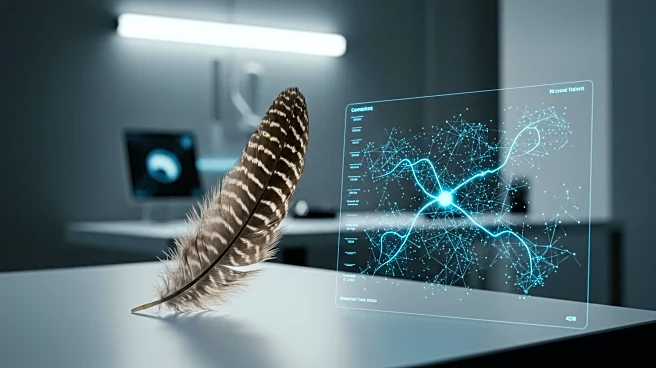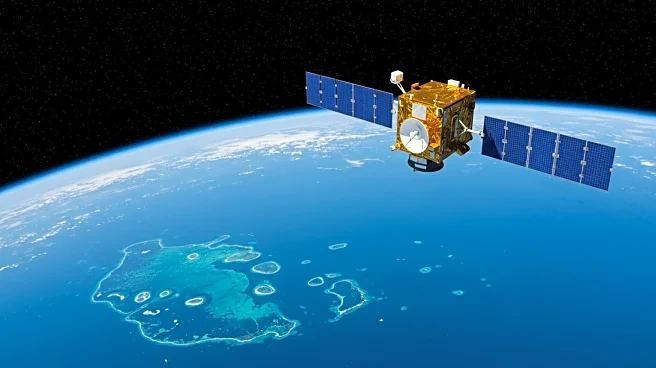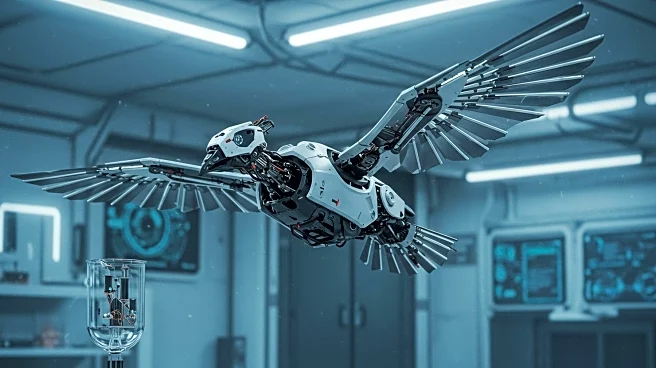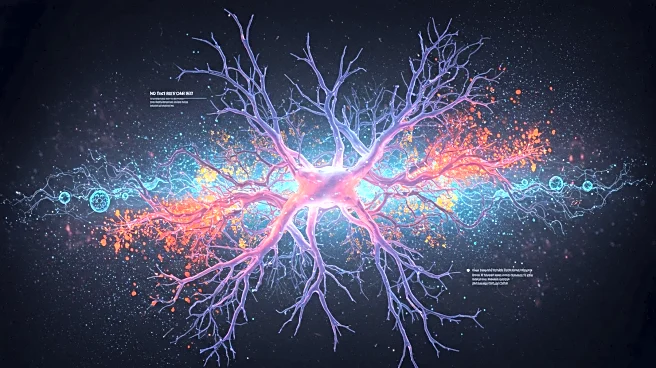Rapid Read • 8 min read
Project CETI, the Cetacean Translation Initiative, is employing drones to humanely tag sperm whales, aiming to decode their vocalizations. Since 2020, the initiative has developed biologically-inspired suction-cup tags and AI frameworks to predict whale surfacing. The drones, modified for seawater exposure, release tags to collect bioacoustics, heart rate, dive depth, and body orientation data. This method is less invasive than manual tagging, which involves approaching whales by boat. The drones are remotely controlled, with deployment averaging 1 minute and 15 seconds. The initiative has achieved a 55% success rate in tagging, emphasizing the importance of timing due to the whales' brief surface intervals.
AD
The use of drones by Project CETI represents a significant advancement in marine research, offering a less invasive and more efficient method of data collection. This approach could lead to breakthroughs in understanding sperm whale communication, potentially aiding in conservation efforts. The initiative's success could inspire similar technological applications in other areas of wildlife research, promoting humane and precise data collection methods. The project's focus on automation and prediction algorithms may further enhance the efficiency and accuracy of marine studies, benefiting both scientific understanding and environmental protection.
Project CETI plans to automate the tagging process, focusing on a vision system developed by MIT collaborators to identify whales and determine safe tagging locations. This involves a classical control system to maneuver drones accurately. The initiative is also exploring surface drones equipped with hydrophone arrays to predict whale surfacing locations. These advancements could improve tagging success rates and reduce human intervention, enhancing the project's ability to study whale communication and behavior.
The ethical implications of using drones for wildlife research are significant, as they offer a non-invasive alternative to traditional methods. This approach aligns with broader trends in conservation technology, emphasizing respect and minimal disruption to natural habitats. The project's success may influence regulatory frameworks around drone use in marine environments, balancing technological innovation with ecological preservation.
AD
More Stories You Might Enjoy










